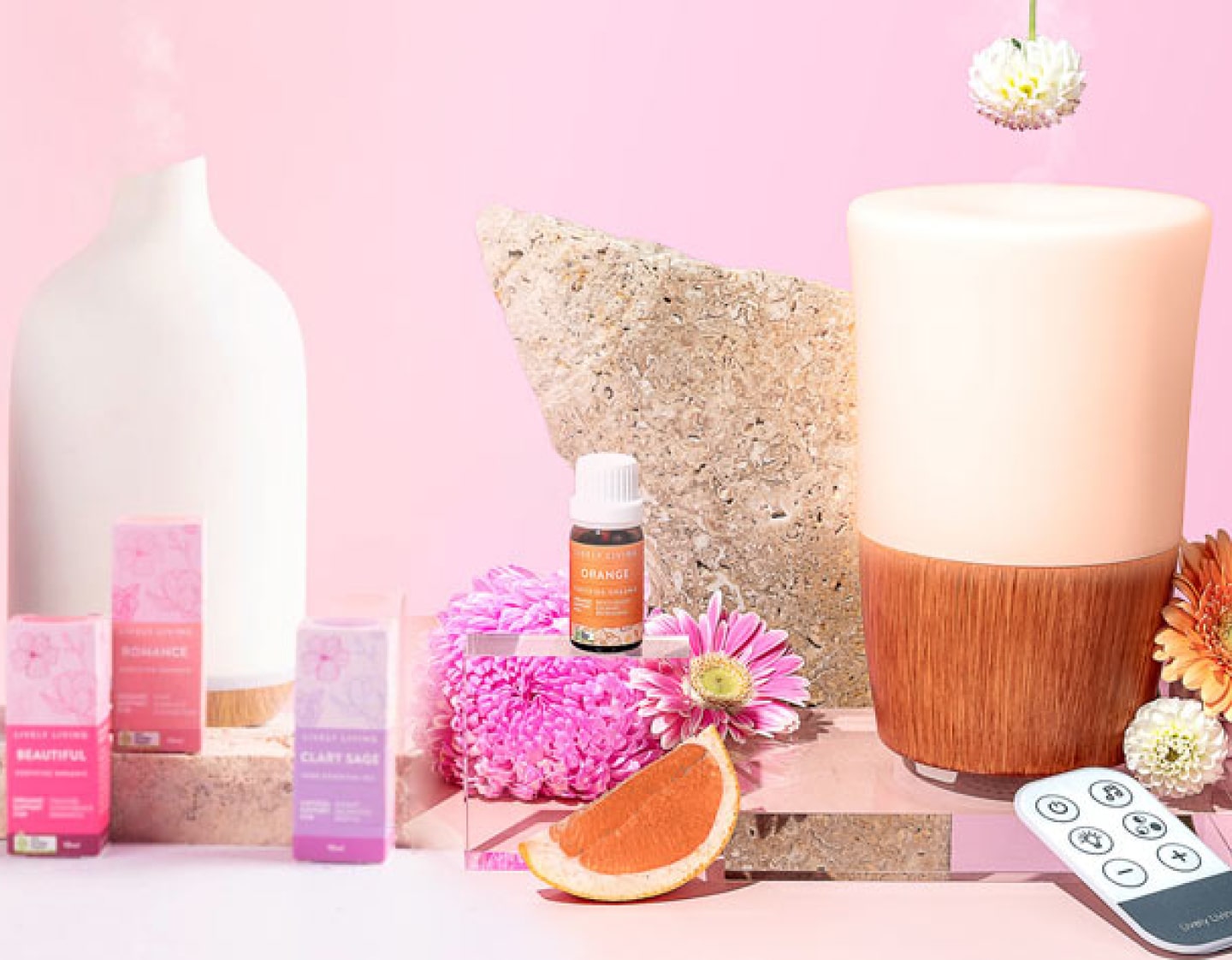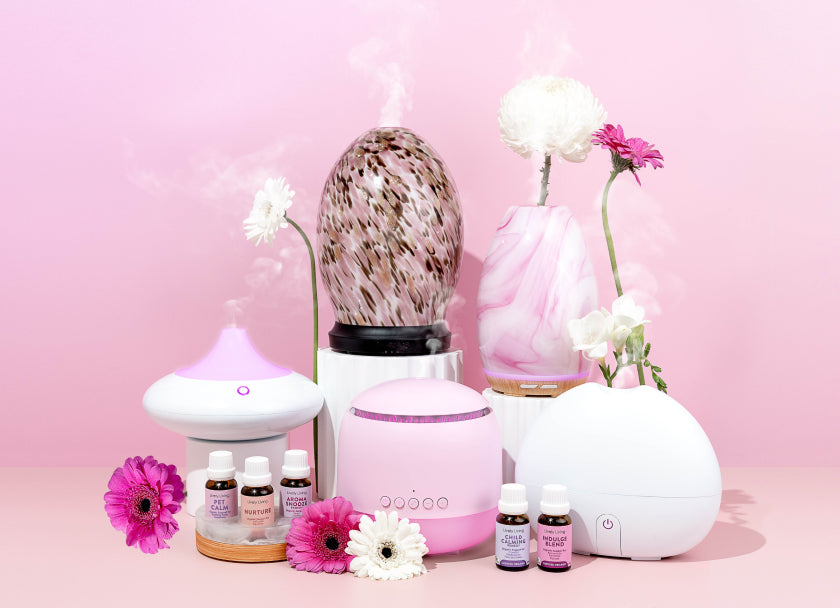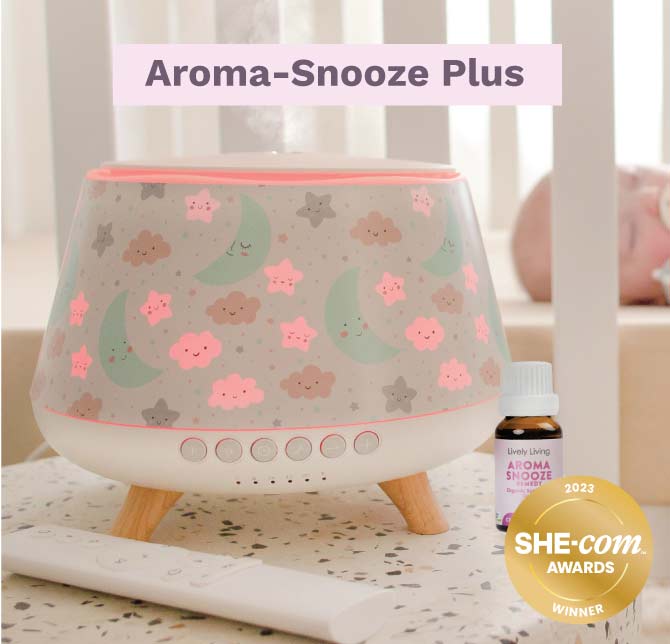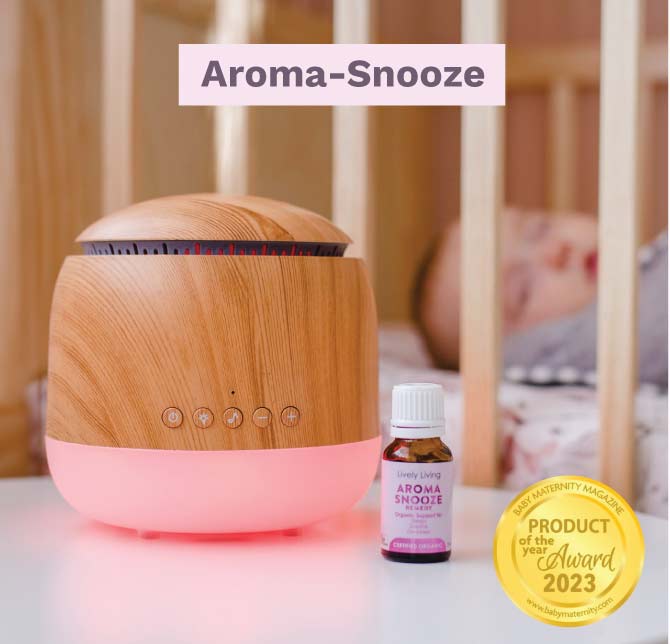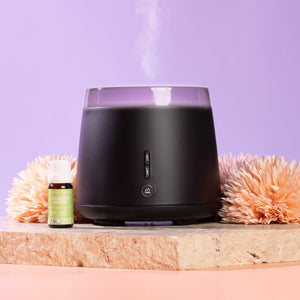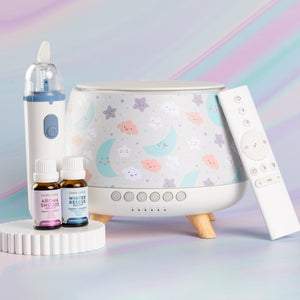Understanding the Impact of Light and Sound on Sleep Quality
Do you ever lie awake at night staring at the ceiling? You feel exhausted but your brain just will not shut off. This frustrating experience is a common cause of poor sleep for many people.
You may be surprised to learn that two big culprits could be hiding in plain sight. We are talking about the light and sound in your bedroom. Understanding the impact of light and sound on sleep quality is the first step to finally getting a restful night.
Our modern lives are filled with glowing screens and constant background noise, creating a sleep environment that silently chips away at our ability to rest. You'll learn exactly why this happens and how a deep knowledge of your surroundings can change everything for you. Taking control of these factors can greatly improve sleep and overall sleep health.
Table of Contents:
-
The Secret Life of Your Brain While You Sleep
- How Light Hijacks Your Sleep Cycle
- The Unseen Trouble with Sound at Night
-
Crafting the Perfect Sleep Sanctuary
- Advanced Strategies for Improving Sleep Quality
- Conclusion
The Secret Life of Your Brain While You Sleep
You might think your brain powers down when you close your eyes, but it is actually very busy. It works through several sleep cycles all night long, managing your sleep patterns. Each cycle is vital for physical and mental restoration.
Each cycle has different stages, from light sleep to deep sleep and finally REM sleep. This is when you dream and consolidate memories. Getting through these cycles uninterrupted is what makes you feel refreshed in the morning and is critical for your mental health.
This whole process is managed by your body's internal clock, also known as your circadian rhythms. This internal timing mechanism tells your body when to be sleepy and when to be alert. This human circadian system is fundamental to our daily function.
Your Internal Clock's Greatest Enemy
Your circadian rhythm is incredibly powerful but also very sensitive to external cues. It takes its signals from the environment around you. The biggest cue it responds to is light, which powerfully synchronizes the circadian clock.
Historically, this worked perfectly. The sun would set, it got dark, and our brains knew it was time to wind down. The sun would rise, providing natural light that told our brains it was time to wake up.
Today, things are much different. We live in a world of artificial light that confuses this ancient system. Our internal clocks are constantly getting mixed signals, making it harder to fall asleep and stay asleep.
How Light Hijacks Your Sleep Cycle
Light is likely the single most important environmental factor that controls your sleep. When your eyes detect light, they send a signal directly to your brain's command center, the suprachiasmatic nucleus. This signal has a huge effect on a specific hormone critical for sleep.
That hormone is melatonin, often sold as a sleep aid. But your body makes its own melatonin to prepare you for rest. This natural process is far more effective than any supplement when working correctly.
When it gets dark, your brain releases melatonin, making you feel drowsy and ready to fall asleep. Exposure to light, even a small amount, slams the brakes on this process through melatonin suppression. This tells your brain it's not time to sleep yet, increasing sleep onset latency.
The Melatonin Connection
The type of light you see matters a lot, as not all light is created equal in the eyes of your brain. The spectral composition of light determines its effect on your body. Modern electronics are a huge problem because they emit a lot of blue wavelength light.
Your phone, tablet, television, and even your LED light bulbs are major sources of this disruptive light. An al study, often found through databases like Google Scholar, will confirm that blue light is particularly effective at suppressing melatonin. It tricks your brain into thinking it is still daytime, shifting your circadian phase.
Scrolling on your phone before bed might feel relaxing, but that blue light is actively working against your body's natural desire to sleep. This creates a disconnect that can cause significant sleep disturbance. For anyone struggling, it's worth reviewing a PMC free article on the topic for more details.
It Is Not Just Blue Light
Blue light gets a lot of the blame, and for good reason, but any light can disrupt your sleep. A crack of light under the door or streetlights peeking through your window can disturb your sleep cycles. Even the faint glow from your alarm clock can send wake-up signals to your brain throughout the night.
This light exposure can pull you out of deep, restorative sleep and into lighter stages. You might not even wake up completely, but these micro-arousals fragment your sleep. This fragmentation means you miss out on the most refreshing parts of sleep and can negatively impact your total sleep duration.
A systematic review of available research underscores the al effects of nighttime light exposure on sleep quality. Optimizing light in your bedroom is not a minor tweak; it's a foundational component of good sleep. Such information can be a trusted source for making meaningful changes.
Simple Fixes for Your Light Problem
The good news is that you have a lot of control over your sleep environment. You can make simple changes tonight that will have a big impact. Creating a dark space tells your brain that it's time to rest, supporting its natural processes.
Here are a few easy things you can start with:
- Install blackout curtains or blinds to block outside light completely. They are a game-changer for urban environments with significant light pollution.
- Use a comfortable eye mask. This is a great, low-cost way to create total darkness wherever you are, especially when traveling.
- Start a digital curfew. Put away all screens at least one hour before you plan to go to sleep to reduce melatonin suppression.
- If you need a night light, choose one with a dim, red-colored bulb. Red light is the least disruptive wavelength light for your circadian rhythm.
- Cover or turn around any electronics with glowing lights in your bedroom, like chargers or digital clocks.
The Unseen Trouble with Sound at Night
Now let's talk about the other sense that never sleeps: your hearing. Your brain continues to process sounds even when you are fast asleep. It's an old survival instinct to keep you aware of potential danger.
This means noises in your environment can easily disrupt your sleep. A car alarm, a barking dog, or even a snoring partner can interfere. The brain must decide if a sound is a threat that requires waking up.
This process can disturb your journey through the sleep stages, especially deep and REM sleep. It prevents you from sinking into the restorative phases you need. You end up with lighter, less restful sleep and poorer subjective sleep quality.
Your Brain Is Always Listening
The kind of noise matters. A sudden, loud noise is obviously disruptive, but what about quieter, more consistent sounds? Constant noise exposure, such as traffic noise, can be just as problematic over time.
The subtle hum of a refrigerator or the drip of a faucet can cause brief, unconscious awakenings all night long. The brain might learn to ignore it consciously. But these sounds can still increase your sleep latency and disrupt your sleep patterns.
You will not remember these tiny interruptions in the morning. But they add up, preventing you from getting the solid block of rest you need. This is why you can sleep for eight hours and still wake up feeling tired.
The Stress Response to Noise
When your brain registers a disruptive sound, it can trigger a small stress response, even if you remain asleep. Studies conducted in settings like an intensive care unit (ICU) show this clearly. In a care unit, high noise levels are a constant issue affecting patient recovery.
According to research from sources like the National Library of Medicine, nighttime noise can elevate your heart rate and blood pressure. As noted in the journal Crit Care, these physiological reactions are significant. Your body may also release stress hormones like cortisol and adrenaline, which are counterproductive to rest.
This low-level, chronic stress from a noisy environment can have long-term health effects beyond just sleep. This is especially true for those with pre-existing sleep disorders. It affects your physical health and can worsen certain mental disorders.
Managing Your Sound Environment
Just like with light, you can take steps to control the sound in your bedroom. The goal is to create a consistent, quiet, and peaceful soundscape. This helps your brain relax instead of staying on high alert.
Consider trying some of these sound-blocking strategies:
- Use high-quality earplugs. Foam or silicone earplugs are very effective at blocking out a wide range of noises and reducing the overall sound level.
- Try a white noise machine that plays nature sounds. These devices create a constant, gentle sound that masks more jarring noises from your surroundings.
- Improve the soundproofing in your room. Heavy curtains, rugs, and door seals can help absorb sound from outside and dampen interior noise.
- Fix any noisy things inside your home, like a dripping tap or a creaky fan, to lower ambient noise levels.
Crafting the Perfect Sleep Sanctuary
By now, you see how much light and sound matter for achieving good rest. You can take this knowledge and actively build a bedroom that supports sleep. Think of your bedroom as a sanctuary dedicated to rest and recovery.
It's about more than just a comfortable bed; it's about creating a sleep-friendly environment. This environment sends a clear message to your brain. This message is: 'It is safe to rest now.'
This concept is part of good 'sleep hygiene.' Sleep hygiene is all about the habits and practices that are helpful for sleeping well on a regular basis. Controlling light and sound are two of the biggest pillars of this practice.
Adding Another Layer of Calm
Once you have a dark and quiet room, you can add other sensory cues to encourage relaxation. Temperature is one factor; a cool room generally promotes better sleep. Another powerful tool is the sense of smell.
Aromatherapy using essential oils can be a wonderful part of a bedtime routine. Certain scents are known to promote a feeling of calm and tranquility. This perfectly complements a peaceful room.
Diffusing lavender or chamomile oil before bed can signal to your body that it's time to unwind. This little ritual can become a powerful cue for sleep. It enhances the peaceful environment you have already created and can act as a natural sleep aid.
Advanced Strategies for Improving Sleep Quality
Maybe you have tried the basics and still struggle. There are some more advanced things you can try. These strategies give you even finer control over your sleep-wake cycle and can improve your sleep metrics.
It involves thinking about light and sound not just at night, but during the day too. What you do during your waking hours has a direct impact on your ability to fall asleep. This approach makes your sleep hygiene even more effective.
By strategically using light and sound, you can reinforce your body's natural circadian rhythms. You'll be helping your internal clock stay on the right schedule. It is about working with your body's biology, not against it, which is a core tenet of sleep medicine.
Timing Your Light Exposure
To sleep well at night, you need to get plenty of bright light during the day. This is especially important in the morning. Getting at least 15-30 minutes of natural light shortly after waking up works wonders.
This morning light helps to anchor your circadian rhythm for the day. It sends a strong 'wake up' signal that makes the 'go to sleep' signal stronger later on. This is crucial for people who do shift work and have irregular schedules.
If you cannot get outside, sitting by a bright window or using a light therapy lamp can also help. The contrast between bright days and dark nights is what keeps your internal clock accurate. The National Center for Biotechnology Information has many resources, some providing access to a PMC free article, that discuss this in detail.
What About Different Sound Colors?
You have likely heard of white noise. But did you know there are other 'colors' of sound? Pink and brown noise are two others that people often use to improve sleep.
Each color represents a different mix of sound frequencies, and what works best is a matter of personal preference. Experimenting can help you find the perfect sound for your sleep sanctuary. This is one way to manage your auditory environment under controlled conditions at home.
| Sound Color | Description | Sounds Like |
| White Noise | Equal energy across all frequencies. | Radio static, a hissing fan. |
| Pink Noise | More energy in lower frequencies, less in higher ones. | Steady rainfall, rustling leaves. |
| Brown Noise | Even deeper, with more emphasis on low frequencies. | A low roar, a strong waterfall. |
Many people find pink or brown noise to be more soothing and less harsh than white noise.. Give them a try and see which one feels most relaxing to you.
Conclusion
Your bedroom should be a haven for rest, but often it's not. The constant presence of artificial light and background noise can seriously disrupt your sleep quality. These factors confuse your brain's circadian clock and disrupt your body's natural sleep processes.
Taking control of these factors is a critical part of understanding the impact of light and sound on sleep quality. It is a powerful way to support your overall health and well-being. A better night's sleep is waiting for you, and it starts with a better environment.

